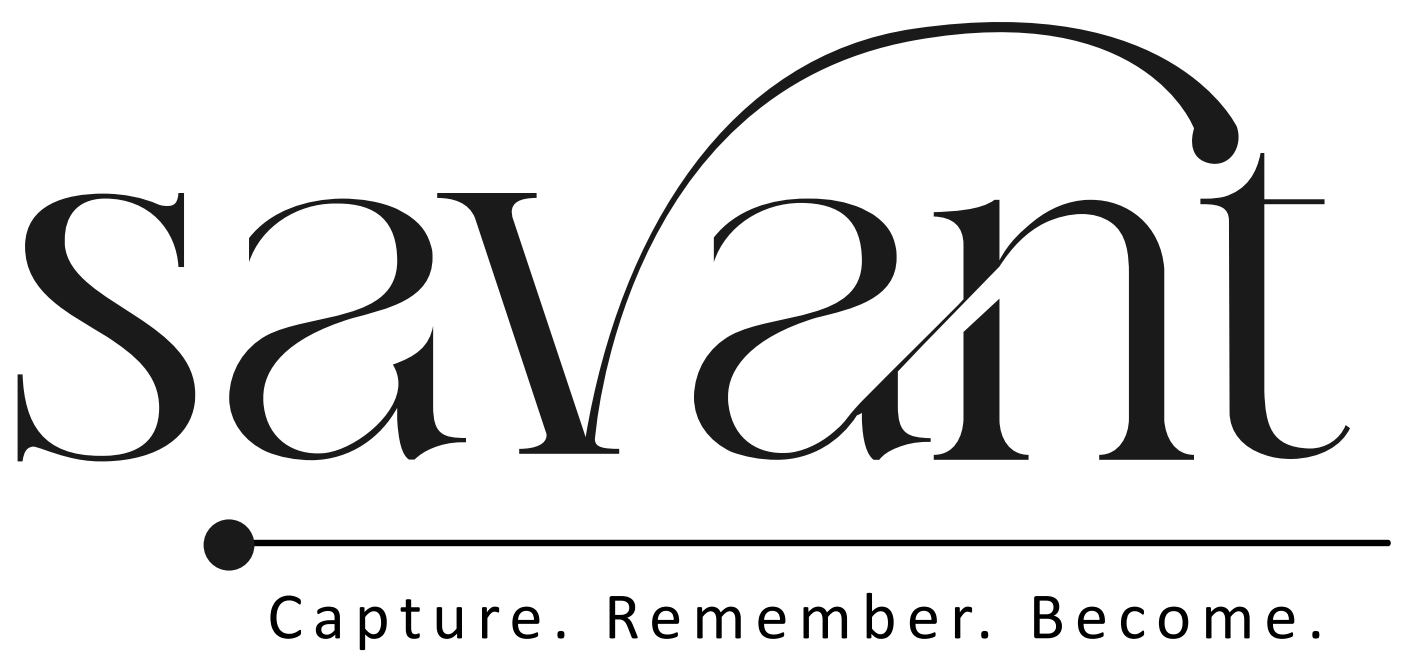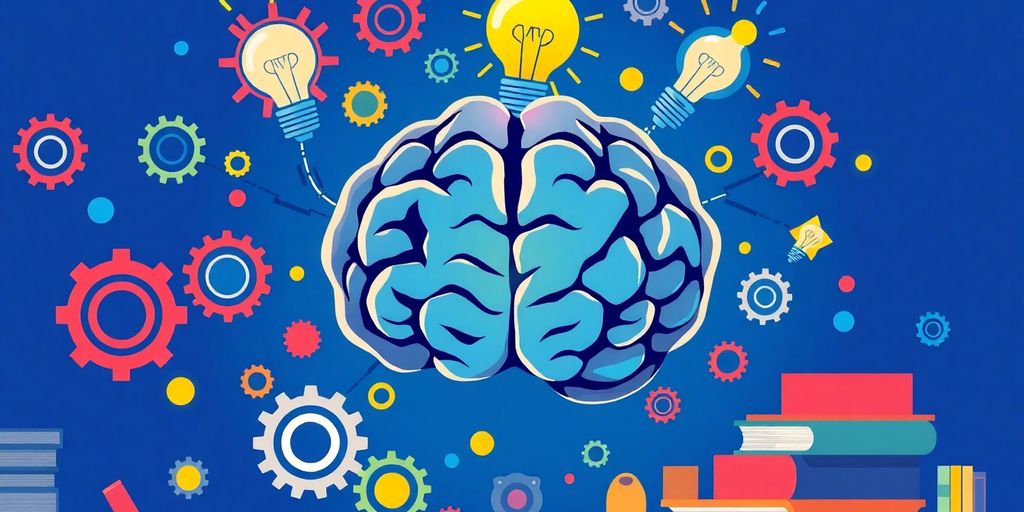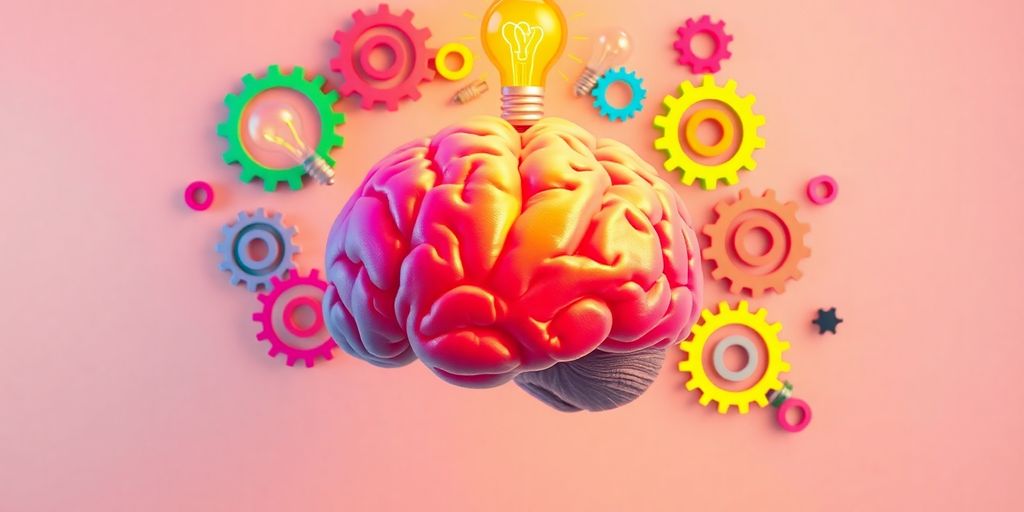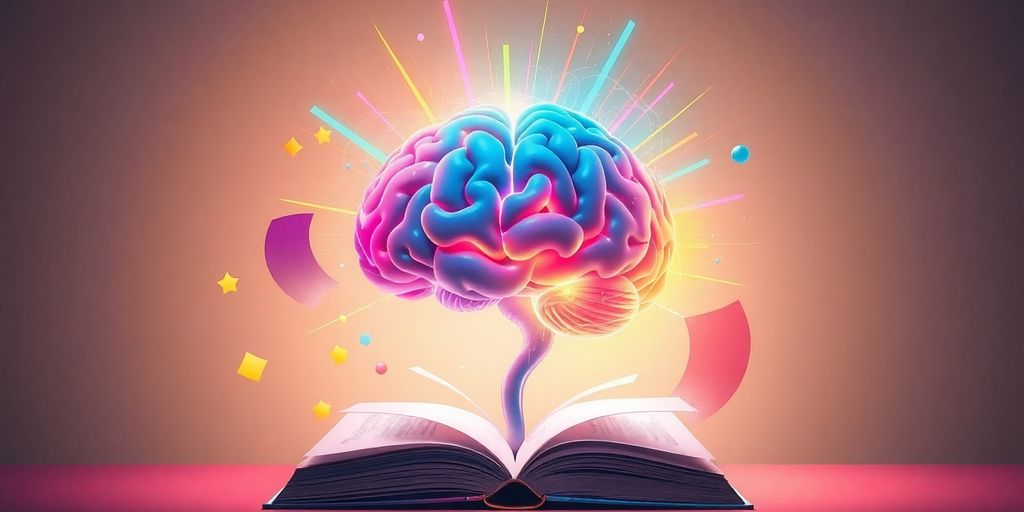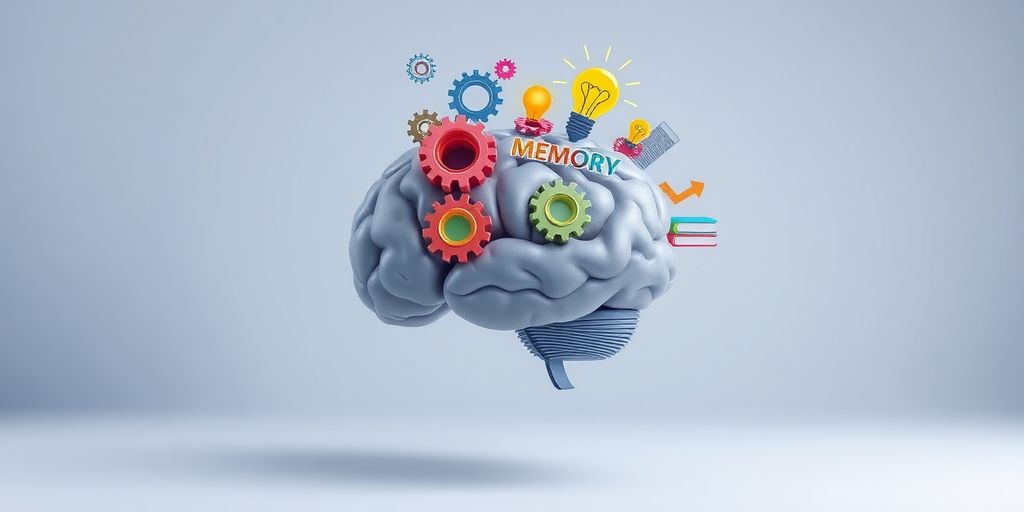This article explores exciting brain-based learning strategies that can make teaching and learning more effective. By understanding how our brains work, we can create better educational experiences for students. From using technology to collaborating with experts, these innovative approaches can help unlock every student’s potential.
Key Takeaways
- Brain-based learning helps teachers understand how students learn best.
- Neuroplasticity shows that our brains can change, which is important for learning.
- Positive emotions can make learning easier and more enjoyable.
- Using multiple senses in lessons can boost memory and understanding.
- Technology, like educational apps, can enhance learning experiences in the classroom.
Understanding Brain-Based Learning
What Is Brain-Based Learning?
Brain-based learning is all about using what we know about how our brains work to improve teaching and learning. It focuses on how students learn best by considering their brain’s structure and function. By understanding the brain, we can create better educational experiences!
Historical Context and Evolution
The idea of brain-based learning has changed over time. In the past, education relied on traditional methods without much understanding of the brain. But as research in neuroscience grew, educators began to realize the importance of understanding how the brain learns. This shift has led to new teaching strategies that are more aligned with how students learn.
Key Principles of Brain-Based Learning
Here are some key principles that guide brain-based learning:
- Neuroplasticity: The brain can change and adapt, which is crucial for learning.
- Emotions Matter: Positive feelings can help students learn better.
- Multisensory Techniques: Using different senses can improve memory and understanding.
Understanding the brain is a journey, not a destination. As we learn more, we can create better educational experiences for everyone!
In summary, brain-based learning is about using insights from neuroscience to inform teaching methods. By focusing on how the brain processes information, we can enhance learning for all students. Let’s embrace these new ideas and keep pushing for a learning environment that truly supports all learners!
The Science Behind Brain-Based Strategies
Neuroplasticity and Learning
Neuroplasticity is the brain’s ability to change and adapt. This means that our brains can grow and develop new connections throughout our lives. Understanding neuroplasticity can help us create better learning environments. Here are some key points about neuroplasticity:
- It allows for recovery from injuries.
- It supports learning new skills.
- It helps in overcoming challenges.
The Role of Emotions in Learning
Emotions play a huge part in how we learn. When we feel good, we tend to remember things better. Here’s how emotions impact learning:
- Positive emotions can enhance memory retention.
- Stress can hinder our ability to learn.
- Creating a supportive environment boosts engagement.
Remember, a happy brain is a learning brain! When students feel safe and supported, they are more likely to succeed.
Cognitive Load Theory
Cognitive Load Theory explains how our brains handle information. If we overload our brains, learning can suffer. Here are some strategies to manage cognitive load:
- Break information into smaller chunks.
- Use visuals to support understanding.
- Encourage active participation to reinforce learning.
By understanding these scientific principles, educators can design lessons that truly resonate with students, making learning more effective and enjoyable!
Practical Applications in the Classroom
Multisensory Learning Techniques
Using multiple senses can really enhance learning. Incorporating sound, visuals, and hands-on activities helps students connect with the material better. Here are some effective multisensory techniques:
- Visual aids: Charts, diagrams, and videos can make complex ideas clearer.
- Auditory elements: Using music or sounds can create a calm environment, making it easier to focus.
- Hands-on activities: Engaging in physical tasks helps reinforce learning through experience.
Spaced Repetition and Memory Retention
Spaced repetition is a powerful tool for memory. Instead of cramming, revisiting material over time helps solidify knowledge. Here’s how to implement it:
- Schedule reviews: Plan regular intervals to go over material.
- Use flashcards: They can be a fun way to test knowledge and reinforce learning.
- Mix subjects: Switching topics can keep things fresh and engaging.
Gamification and Student Engagement
Gamification can make learning fun and interactive. Turning lessons into games can boost motivation and participation. Here are some ideas:
- Point systems: Reward students for completing tasks or participating in discussions.
- Team challenges: Encourage collaboration through group activities.
- Interactive quizzes: Use technology to create fun quizzes that students can take together.
Engaging students through these practical applications not only makes learning enjoyable but also helps them retain information better. By using techniques like multisensory learning and gamification, teachers can create a dynamic classroom environment that fosters growth and curiosity.
Incorporating these strategies can transform the classroom experience, making it more effective and enjoyable for everyone involved!
Leveraging Technology for Enhanced Learning
Educational Apps and Tools
In today’s world, technology is a game changer for learning. Using apps and tools can make studying more fun and effective! Here are some popular options:
- Flashcard Apps: These help you memorize facts quickly.
- Learning Platforms: Websites like Khan Academy offer free courses on various subjects.
- Interactive Games: Learning through games can make tough subjects easier to understand.
The Role of fMRI in Education
Functional Magnetic Resonance Imaging (fMRI) is a cool tool that helps us see how our brains work while learning. This technology shows which parts of the brain are active during different tasks. By using fMRI, teachers can adjust their methods to fit how students learn best.
Future Trends in EdTech
The future of educational technology looks bright! Here are some trends to watch for:
- AI-Powered Learning: Personalized experiences based on what each student needs.
- Virtual Reality (VR): Immersive experiences that can help understand complex subjects.
- Collaborative Learning Tools: Platforms that allow students to work together, even from a distance.
Embracing technology in your studies can open up new ways to learn and remember information.
In summary, leveraging technology can significantly boost your learning experience. By using educational apps, online resources, and interactive tools, you can make studying more effective and enjoyable!
Collaborations Between Neuroscientists and Educators
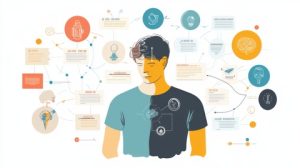
Sharing Insights for Better Teaching Strategies
Collaboration between neuroscientists and educators is essential for improving teaching methods. By working together, they can share valuable insights that lead to better strategies in the classroom. These partnerships can help educators understand how the brain learns, making lessons more effective.
Developing Effective Learning Tools
When neuroscientists and educators team up, they can create tools that enhance learning. For example, they might develop apps that use brain science to help students study better. Here are some tools that can be created through collaboration:
- Interactive learning apps
- Brain training games
- Visual aids for complex concepts
Creating Inclusive Learning Environments
Working together also helps in creating classrooms that cater to all students. By understanding different learning styles, educators can design lessons that include everyone. This can lead to:
- More engaging lessons
- Better support for students with learning challenges
- A positive classroom atmosphere
The combination of neuroscience and education is like a powerful team, ready to transform how we think about learning!
In summary, the collaboration between neuroscientists and educators is crucial for unlocking the potential of every student. By sharing knowledge and developing effective tools, they can create a more inclusive and engaging learning environment.
Future Directions in Brain-Based Learning Research
Emerging Research Areas
The future of brain-based learning is looking really exciting! Researchers are exploring new areas that could change how we teach and learn. Some of these areas include:
- Understanding how different brain regions work together
- Exploring the effects of technology on learning
- Investigating how social interactions influence brain development
Potential Long-Term Benefits
As we learn more about the brain, we can expect some amazing benefits:
- Improved teaching methods that cater to individual learning styles.
- Enhanced student engagement through tailored learning experiences.
- Better support for students with learning difficulties.
Collaborations Between Neuroscientists and Educators
Collaboration is key! By working together, neuroscientists and educators can:
- Share insights that lead to better teaching strategies.
- Develop tools that help students learn more effectively.
- Create a more inclusive learning environment for everyone.
The combination of neuroscience and education is like a powerful team, ready to transform how we think about learning! Looking ahead, the future of brain imaging lies in large-scale data integration and the application of machine learning and big data analytics.
In summary, the future of brain-based learning research holds great promise. With ongoing studies and collaborations, we can look forward to a more effective and engaging educational experience for all students. Together, we can unlock the full potential of every learner!
Wrapping It Up: A Bright Future for Learning
In closing, exploring brain-based learning shows us just how exciting education can be! By understanding how our brains work, we can create better ways to teach and learn. This means more fun and effective experiences for everyone involved. With cool tools like multimedia flashcards, students can engage their senses and remember things better. The mix of neuroscience and education is paving the way for a brighter future where every student can shine. So, let’s embrace these new ideas and keep pushing for a learning environment that truly supports all learners!
Frequently Asked Questions
What is brain-based learning?
Brain-based learning is a way of teaching that uses what we know about how the brain works to help students learn better. It focuses on how students learn best and helps teachers create lessons that fit those needs.
How does neuroscience help in education?
Neuroscience helps teachers understand how the brain learns. This can lead to better teaching methods. By knowing how students think and remember, teachers can design lessons that work better for their students.
What are some effective brain-based learning techniques?
Some good techniques include using different senses in lessons, breaking information into smaller parts, and using games to make learning fun.
Can technology improve brain-based learning?
Yes! Technology like educational apps and tools can support brain-based learning by making lessons more interactive and engaging. They can also help teachers track student progress.
What are some common myths about brain-based learning?
One common myth is that people only use 10% of their brains. Understanding the science can help clear up these misunderstandings.
How can teachers learn more about neuroscience?
Teachers can take workshops, read books, or join online courses to learn more about neuroscience and how it can help improve their teaching strategies.
